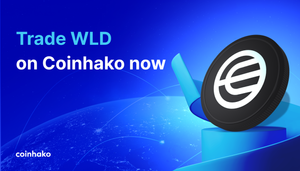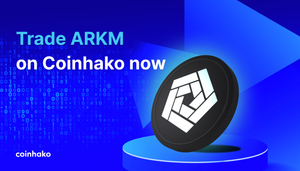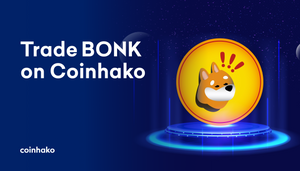The impact of Bitcoin’s halving on its price value has been a hot topic for debate in the cryptocurrency space for many months now and there will certainly be no Bitcoin related forum that will spare you from pricing speculations, leading up to the halving of Bitcoin’s mining rewards.
In case you haven’t caught up, here’s a breakdown of what the all fuss surrounding Bitcoin’s halving is about.
What exactly is Bitcoin halving?
Don’t worry! It does not mean that 1 BTC becomes 0.5 BTC, in case you were wondering.
Bitcoin halving means that the mining rewards on Bitcoin’s chain will be cut in half, and the mining reward will be reduced to 6.25 BTC, as compared to the current rate of 12.5 BTC.
First bitcoin halving (2012):
Mining rewards were reduced from 50 BTC to 25 BTC.
Second bitcoin halving (2016):
Mining rewards were reduced from 25 BTC to 12.5 BTC.
Bitcoin has undergone two halvings before — with the upcoming halving being the third of such events since its creation.
Much of the anticipation surrounding Bitcoin’s 2020 halving stems from the massive upward price movements of Bitcoin after the last 2 Bitcoin halving events; these past occurrences have led many to believe that that Bitcoin is guaranteed to increase in price once again.
Bitcoin halving 2020 is without a doubt one of the highly anticipated events in the cryptocurrency space!
So how will the halving affect Bitcoin prices?
Here’s what our Co-founder & CEO, Yusho Liu has to say:
“Bitcoin has since halved 2 times since its inception, due to its inbuilt deflationary mechanism.
What makes the upcoming halving different from previous events is its occurrence during an autoimmune triggered global recession, served with unlimited quantitative easing. This prolonged pandemic has exerted significant effects on the global economy and we might just see a $10k iPhone this decade, and a $100k bitcoin.”
What we can also be sure about, is that the rate of supply to the existing circulating supply will amplify Bitcoin’s price sensitivity to changes in trading volume.
While Bitcoin’s halving was designed to be a deflationary mechanism and should increase the value of each Bitcoin in theory, it is also important to note that there is no reduction in the total circulating supply; new Bitcoin will still be added to the existing supply that is already in circulation.
Any upward price movements after the halving will still have to be supported by a spike in buy-side pressure for Bitcoin,
Bitcoin prices have gained through the month of April 2020, leading up to the halving, and reached a high of USD $9,996.74.
The 21 Million Cap
Bitcoin is known as a deflationary asset because of its in-built supply cap of 21 million Bitcoin tokens.The premier cryptocurrency has a finite supply of 21 million, and once the 21 million Bitcoin cap is mined, miners will not be able to mine “new” Bitcoin.
According to predictions, the last bitcoin is expected to be mined in 2140.
Potential long-term effects of Bitcoin Halving
1. More mining centralisation
With the reduction in block rewards, miners will find it much harder to break even. Because they will have to work twice as hard for rewards, small-scale bitcoin miners may choose to leave the network as it may no longer be profitable for them.
Larger mining cartels with more sophisticated equipment, and better access to cheap electricity may dominate the network instead, making it more centralised.
Read more about mining 👉 here
2. Higher transaction fees
As block rewards shrink, miners need to find alternative ways to cover their cost — and make a profit.
Apart from block rewards, transaction fees serve as an additional stream of income for miners. These fees are paid to miners as financial incentives for them to support and legitimise transactions on the network.Though fees are technically not compulsory, traders usually pay transaction fees to get their transactions processed faster on the network, especially when there are several transactions pending in the memory pool.
These transaction fees are likely to become a more important source of remuneration for miners with the rewards cut in half.
As speculations and price debates continue to brew, we should bear in mind that halving helps to maintain the deflationary nature of Bitcoin.
👉🏻Check live Bitcoin prices in SGD now!
👀Remember to visit our blog for the latest updates, or
📩 Subscribe to our mailing list to have them delivered straight to your inbox!
*The information presented in this article does not constitute investment advice and is purely for educational and/or informational purposes.
👉Join our Telegram community
🤔If you have any enquiries, you may contact us here or you can visit our Information Page.
New to Coinhako?
Coinhako is available in these countries!
🚀 Buy Bitcoin at Coinhako Singapore
🚀 Mua Bitcoin Coinhako Vietnam
Copyright © Coinhako 2020 All Rights Reserved. Read more on our terms of use of this blog.
All opinions expressed here by Coinhako.com are intended for educational purposes, taken from the research and experiences of the writers of the platform, and should not be taken as investment or financial advice.






